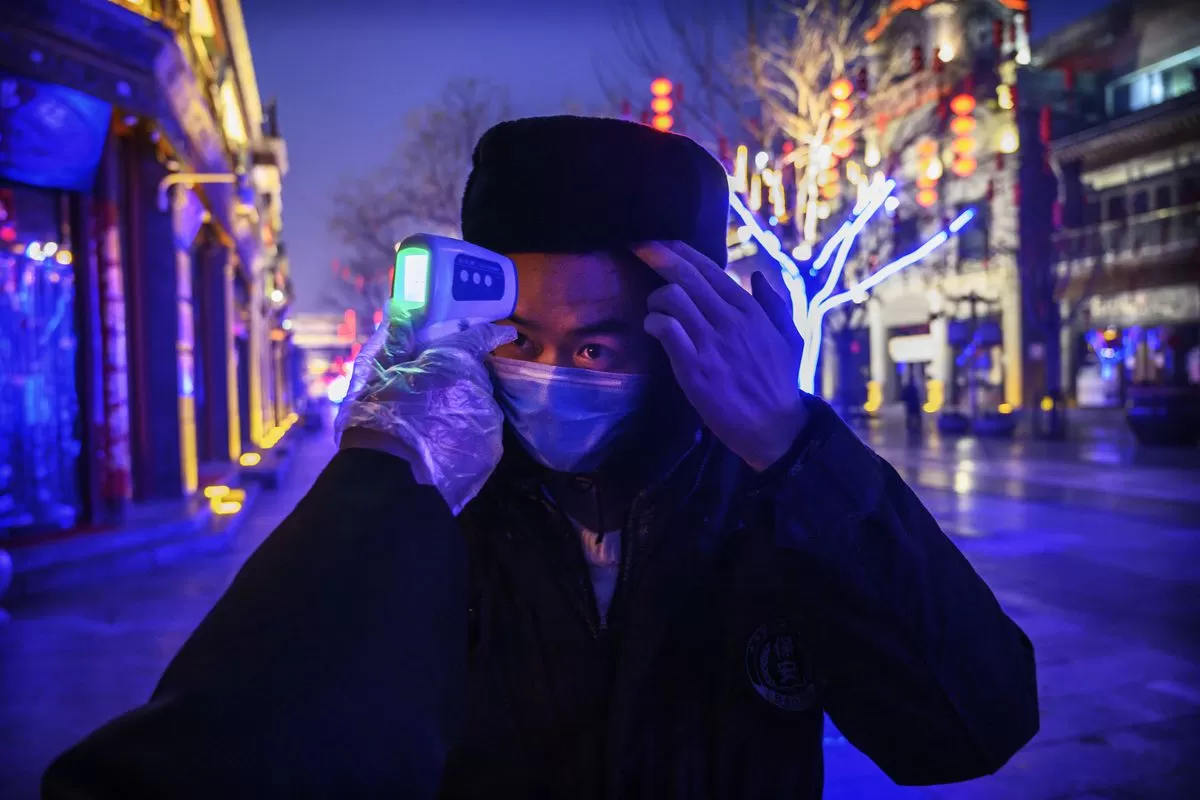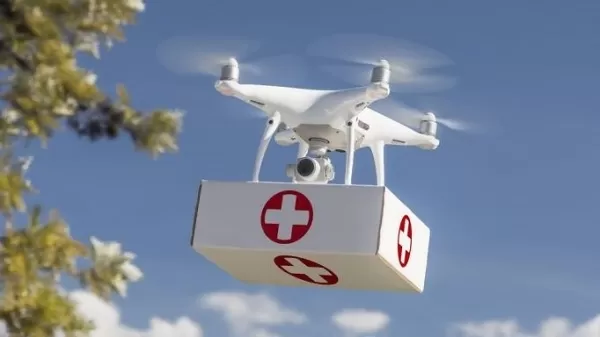The outbreak of Coronavirus or Covid-19 has become the major problem the humanity faced in 2020. The disease ambushed the whole planet, caused thousands of deaths, and made people stay at home to protect their lives and lives of their families and friends.
Since the beginning of the year, country by country has been implementing different measures to protect its citizens. For now, isolation and social distancing are considered to be among the most effective preventive measures. Nevertheless, the virus is still here and it rapidly spread in some regions.
In this post, we will disclose some of the existing and developing technologies that help in combating coronavirus.
Artificial Intelligence and Machine Learning for Coronavirus Detection, Prevention, and Treatment

AI and ML are now considered as the major technologies used for coronavirus detection and prevention. There are tens of inspiring use cases, some of which are listed below:
- Taking advantage of real use cases for training and using an algorithm that had been in development for pneumonia detection, an artificial intelligence company Infervision introduced a solution that helps medical workers to monitor and detect the virus precisely and in minimum time by screening suspected patients for further diagnosis and treatment. According to the company’s Chief Scientist, Dr. Matt Deng, the solution is highly accurate and offers 95% sensitivity.
- One more AI-based diagnosis system was launched by Alibaba – a Chinese e-commerce company. The system was trained on images and data from 5,000 confirmed coronavirus cases and shows 96% accuracy.
- Chinese artificial intelligence science company SenseTime introduced an advanced monitoring system that uses a temperature detection program and faces recognition technology to recognize people who may have a fever.
- The latest AI algorithms are used by DeepMind (a section of Google) to recognize proteins that can make up COVID-19, and in this way help other companies in developing treatments.
- AI-driven robots such as UVD designed by Blue Ocean Robotics help in killing viruses and some bacteria with UV light.
Mobile Technologies for Coronavirus Detection and Containment

Since the introduction of mobile apps, they have always been at the forefront, offering both accessibility and great usability. The situation with the coronavirus outbreak is no exception. Today, there are thousands of both medical and non-medical mobile applications that have a potential for early detection of the virus’ symptoms, as well as help in reducing its spread. Here are some of the examples:
- To prevent the spread of disease, Israel health ministry unveiled the app that notifies users if they have crossed paths with someone known to have been infected with the coronavirus.
- AI-based chatbots in a variety of health applications are used to share crucial information on the virus and allow detecting its symptoms through a short conversation with a bot.
- There are also drone apps that can help in the current situation by offering the ability to supply drugs and certain products to people in quarantine.
Big Data for Forecasting and Tracking Coronavirus Outbreaks
Being experts in the development of data analytics tools, we can not underestimate the value and beneficial potential of data, especially in pandemic situations. Here is how data analysis helps in handling the current situation with the coronavirus outbreak:
- There are monitoring systems that take advantage of big data to determine the risk of getting infected with coronavirus based on a person’s travel history to other countries, the potential exposure to people carrying the virus, and other factors. In accordance with the received information, it becomes easier for governments to control the spread of the disease.
- The data from social media, news reports, documents, and researches, can be very helpful in preventing, forecasting and detecting the virus outbreaks. There is a Canadian AI startup BlueDot that took advantage of data for such purpose and warned about the threat several days before the Centers for Disease Control and Prevention issued its public warnings.
TIME about Technologies to Tackle Coronavirus
Alice Park, a staff writer for “TIME” magazine who covers healthcare, also explored some of the ways tech could be of a big help on the current situation.
Here are some of the quotes from her article on the matter:
Richard Kuhn, a virologist and professor of science at Purdue University:
“If health officials could have taken action earlier and contained the outbreak in Wuhan, where the first cases were reported, the global clampdown could have been at a much more local level”
Smartphone apps, data analytics and artificial intelligence could be efficient in planning action of contamination of infectious disease.
Alain Labrique, director of the Johns Hopkins University Global mHealth Initiative:
“The connectivity we have today gives us ammunition to fight this pandemic in ways we never previously thought possible”
Patients (and potential patients) get the opportunity to connect remotely via an app to a doctor who can triage their symptoms while they’re still at home. In Singapore, more than a million people have used a popular telehealth app called -MaNaDr, founded by family physician Dr. Siaw Tung Yeng, for virtual visits.
Also Alain Labrique:
“In countries with a less robust health care infrastructure, smartphones can be critical for gathering information about emerging infections on the ground”
The journalist highlights using Geo Tracking on phones to manually trace infected patients’ whereabouts to find as many people with whom they had direct contact and who could have been infected.
Telemedicine, AI and data analysis, geo tracking apps are the technologies described in the article, and their applications are logical and impactful in the international fight with COVID-19.
The “Money SuperPower”

“Justice League” wasn’t the most successful superhero movie but had a pretty decent “meme” potential. The dialogue on the picture below is pretty much applicable in the coronavirus situation we face right now.
Money is the superpower Batman possessed and it plays a major role in the fight with the pandemics. One of the richest people in the world, Microsoft co-founder Bill Gates was one of the experts on Netflix documentary “Explained:The Next Big Pandemics”.
As he told, it wasn’t a matter of it is going to happen. The question was when. So, three or four months after the show aired the outbreak has happened. And all the technologies that were mentioned and omitted in this blog post tend to improve exponentially when they get financial aid.
Reportedly, Jack Dorsey, the CEO of Twitter (and digital payments platform Square), recently announced that he will donate $1 billion worth of equity in Square to his Start Small LLC to fund COVID-19 relief around the world.
That is very impressive move by one of the most respected C-level managers in the world as he sum equates to roughly 28 percent of his current net worth, or about $3.6 billion. The announcement marks the most significant philanthropic effort from the 43-year-old tech executive in his career.
Naturally, Jack Dorsey is not the only one who needs to contribute. The Wellcome Trust, the London-based medical research charity, is calling on big businesses to donate $8bn (£6.4bn) for research into developing diagnostic tests, therapies and vaccines to tackle the coronavirus pandemic.
Jeremy Farrar, the director of The Wellcome Trust, said a huge investment in scientific research was “the only exit strategy” to save millions of lives and drag the global economy out of an inevitable recession.
—
At Elinext, we are watching the situation, and are always looking for technological ways that can aid it. Whether it is the development of data analytics solutions, mobile application, or AI-based software, our professional services have got you covered. Contact us with any questions.
Take care and thank you for reading.









